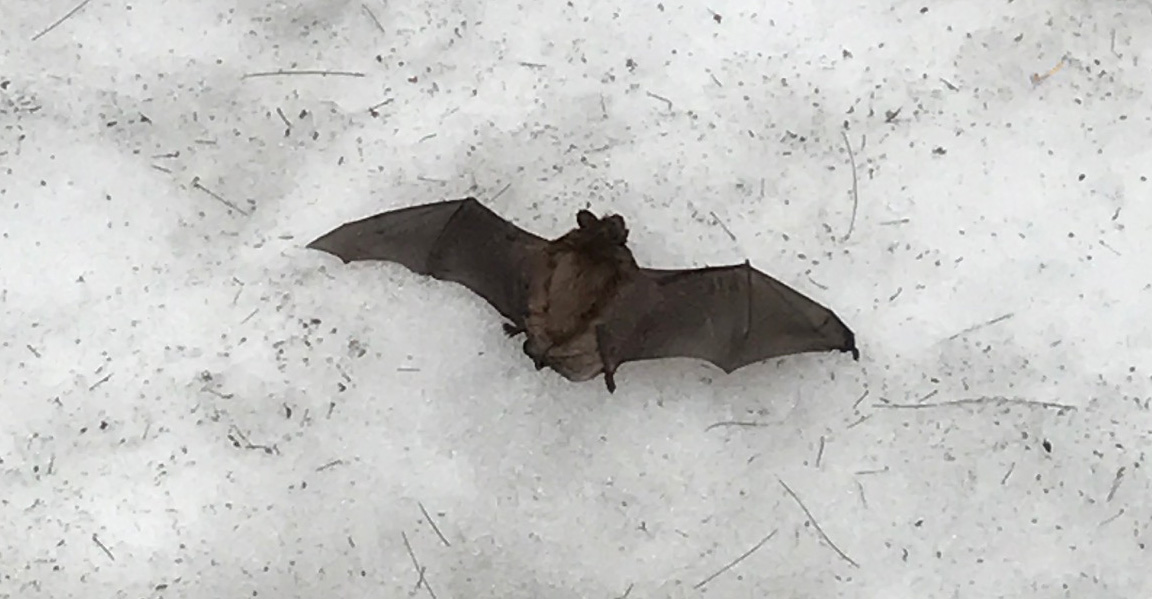We have them to thank for much of the lush greenery that we enjoy as they fly over the land depositing seeds that germinate into plant life. They keep the insect population in check as each bat consumes up to half its body weight in insects daily. And yet they receive the brunt of the hatred and fear of many humans. Bats can easily claim the title of being one of the most underappreciated animals in the world. To make matters worse, they often find themselves in people’s homes especially during the winter. This creates the need for professional bat exclusion.
Bat Demography
Bats around the world today are challenged by human activities which reduce and eliminate their hibernaculum (or hibernation locations) as well as diseases. Given the significance of bats in our ecosystem, we must act now and act decisively and strategically to ensure that these invaluable critters remain with us for centuries to come.
Bats and Reproduction
Despite their best efforts, bats are challenged on the reproduction front. In the months of August and September, mating takes place. Fertilization does not happen until after winter, however. The mother bat facilitates this by keeping the sperm viable in her body throughout winter so that it is ready to spring into action after the season is over. Therefore, when bats die during the winter, many potential offspring are lost. Healthy bats can live up to 45 years, however, disease and human intervention often cut this lifespan short.
Bats typically will hibernate for most of the winter.
Behaviour and Hibernation
Bats can appear to be aggressive when flying with their mouths open. This, however, has nothing to do with a preparation for any attack. When a bat is flying with its mouth open it is actually because it is producing a sound called echolocation which requires an open mouth. Contrary to popular belief, bats are not blind at all. In fact, they see quite well.
Bats are not active in the winter. They hibernate. If a bat is in your home during the winter, therefore, it is very likely that it was there before winter started. Humane bat removal means abstaining from exposing the bat to extreme cold during the winter season. The best time for bat removal is therefore during the warmer months.
Most bats prefer to hibernate in caves, tree hollows, and abandoned mines. A few species will spend their winters indoors, which is why people contend with bat invasion species each winter.
White Nose Syndrome
The world’s bat species are struggling against a deadly disease known as the white-nose syndrome, which arrived in the US from Europe in 2005. The ailment targets hibernating bats (specifically those that hibernate in caves trees and mines) in the winter and has decimated thousands of bats around the world. In light of this, we need to exert as much effort as we can to preserve the bats that are left behind, including those that hibernate inside buildings. This, of course, means implementing humane bat control measures.
Humane Bat Removal and Exclusion
Since the humane option is to avoid bat removal in the winter, homeowners who want to enjoy a bat free winter should take steps to prevent bats from entering their homes in the first place. This is where expert bat exclusion services such as those provided by Skedaddle come into the picture. Expert bat exclusion techniques such as the installation of one-way doors and meshes ensure that when bats leave the building, they are unable to reenter. Skedaddle offers effective long-term solutions to bats in your home.



